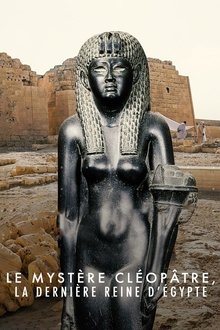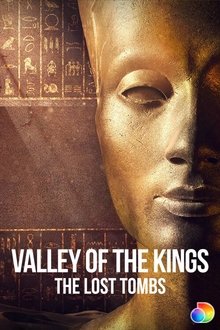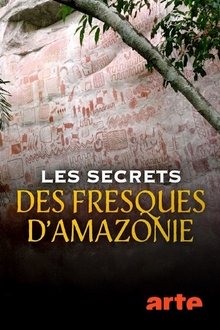Explore the origins of the Celts, uncovering their culture through preserved salt mines, ancient artifacts, and the mystery of a 2,400-year-old tomb.
Related Movies
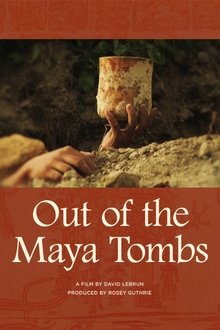
Out of the Maya Tombs (NaN)
Over the past 50 years, thousands of exquisitely painted Maya vases, almost all looted from tombs, have flooded into public and private collections. These amazing works of art, filled with humor and mystery, have opened an extraordinary window on the Maya past. But the race to unearth these treasures has destroyed temples and palaces, culminating in the takeover of entire ancient cities by looter armies. OUT OF THE MAYA TOMBS (formerly titled DANCE OF THE MAIZE GOD) enters the world of the vases to explore the royal life and rich mythology of the Maya, as well as the tangled issues involved in the collection and study of Maya art. The story is told by villagers, looters, archaeologists, scholars, dealers and curators. For each, these vases have a radically different value and meaning.
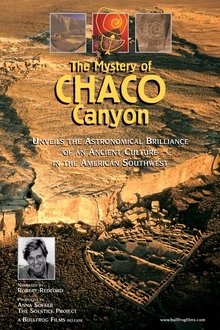
The Mystery of Chaco Canyon (1999)
Chaco Canyon, located in northwest New Mexico, is perhaps the only site in the world constructed in an elaborate pattern that mirrors the yearly cycle of the sun and the 19-year cycle of the moon. How did an ancient civilization, with no known written language, arrange its buildings into a virtual celestial calendar, spanning an area roughly the size of Ireland?
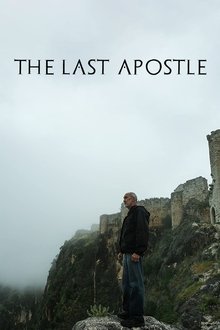
The Last Apostle: Journies in the Holy Land (2020)
Dr. Mark Fairchild, world-renowned archaeologist, traces the hidden years of Saint Paul's life in the mountainous Turkish countryside of Rough Cilicia.
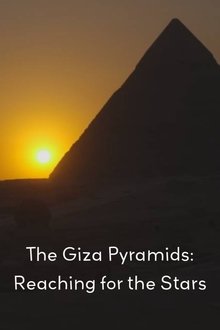
The Giza Pyramids: Reaching for the Stars (2023)
Explores the Pyramids of Giza as Egyptologists try to unravel the mysteries and decipher the clues behind these stone giants built over 4,500 years ago.
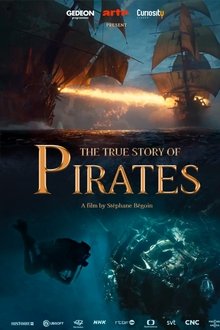
The True Story of Pirates (2022)
Thanks to new excavations in Mauritius and Madagascar, as well as archival and museum research in France, Spain, England and Canada, a group of international scholars paint a new portrait of the world of piracy in the Indian Ocean.
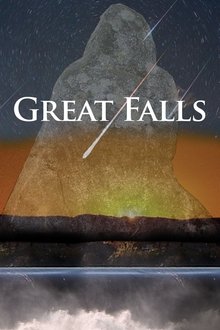
Great Falls (2012)
Professional, native and antiquarian researchers combine to investigate the archaeological history and modern legacy of Eastern Native civilization near Turners Falls, Massachusetts. They uncover possible evidence of a vast astronomical construct that covered a large area of what is now the northeastern United States.
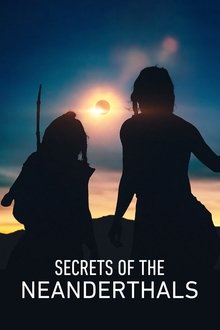
Secrets of the Neanderthals (2024)
This documentary delves into the mysteries surrounding the Neanderthals and what their fossil record tells us about their lives and disappearance.

Braddock's Road: A Legacy Unearthed (2022)
Built in 1755 at the height of the French and Indian War, Braddock's Road was one of the nation's most infamous military roads. Traces of this historic route, in western Maryland, still remain, buried beneath soil and brush, and a team of archaeologists is on the hunt.
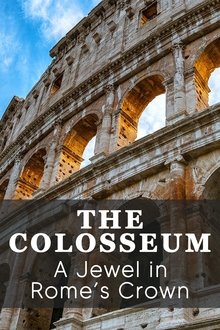
The Colosseum: A Jewel in Rome's Crown (2021)
With more than seven million visitors a year, its massive structure and awesome architecture testify to the genius of ancient Roman building techniques, earning it a place not only among UNESCO's World Heritage sites but as one of the new seven wonders of the world. The Roman Colosseum is an emblem of the power of a bygone empire.
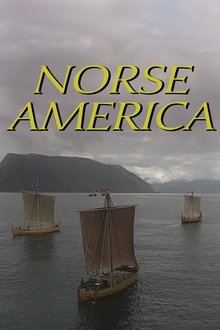
Norse America (1994)
Documentary correlating contemporary archaeological discoveries in the Far North with the descriptions of Viking explorations and settlements detailed in the Icelandic sagas, suggesting a pattern of exploration and trading that extended over the circumpolar region for thousands of years before Columbus' celebrated voyage.
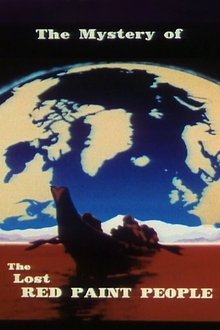
The Mystery of the Lost Red Paint People (1987)
Follows U.S., Canadian, and European scientists from the barrens of Labrador - where archaeologists uncover an ancient stone burial mound - to sites in the U.S., France, England, and Denmark, and to the vast fjords of northernmost Norway where monumental standing stones testify to links among seafaring cultures across immense distances.
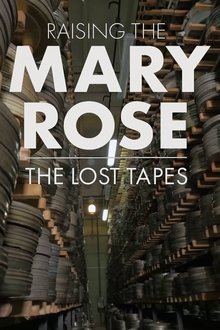
Raising the Mary Rose: The Lost Tapes (2022)
The raising of King Henry VIII’s flagship Mary Rose in 1982 remains one of the most significant events in the history of maritime salvage. Comparable to the recovery of the 17th century Swedish warship Vasa in 1961, the climax of this complex and expensive operation was watched by around 60 million people worldwide. But 300 reels of film recently found in the archive of The Mary Rose Trust provide additional insight into the operation.
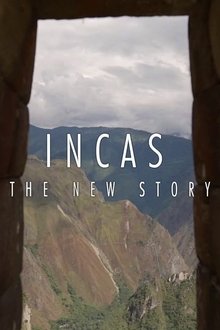
Incas: The New Story (2023)
Recent discoveries by archaeologists and researchers have shed new light on the Incas, shaking up our presumptions of this fascinating pre-Colombian civilisation.
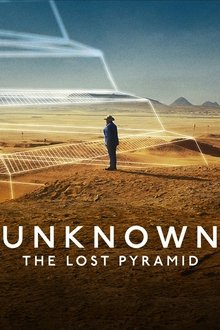
Unknown: The Lost Pyramid (2023)
Egyptian archeologists dig into history, discovering tombs and artifacts over 4,000 years old as they search for a buried pyramid in this documentary.
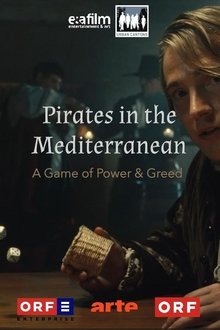
Fluch des Mittelmeers - Piraterie, Menschenraub und Sklaverei (2024)
Drama documentary based on the latest discovery of a 16th Century sailing shipwreck found close to Malta by an underwater research team led by maritime archaeologist Timmy Gambin.
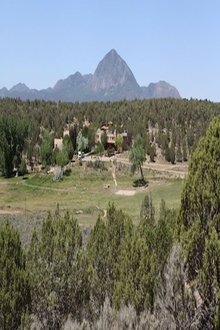
The Lost Pueblo Village (2014)
The site of what is believed to have been a 1,200-year-old village is located near Mesa Verde, Colorado. Recent discoveries at the site—located at Crow Canyon Archaeological Center—lead Time Team America to ask: Was this more than just a village? Was this concentrated settlement the scene of a turning point in human history?
